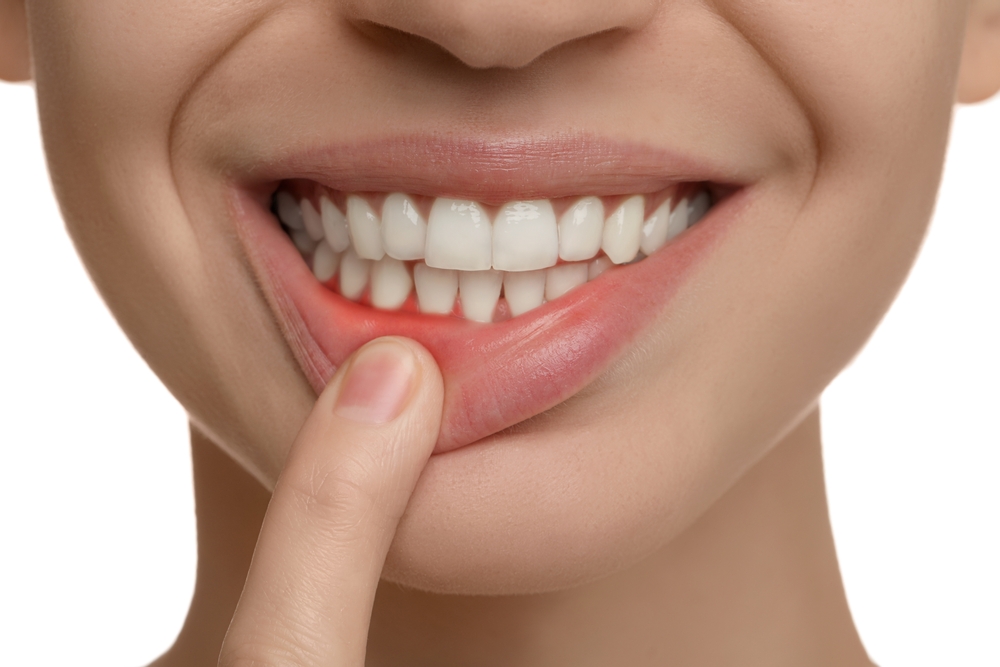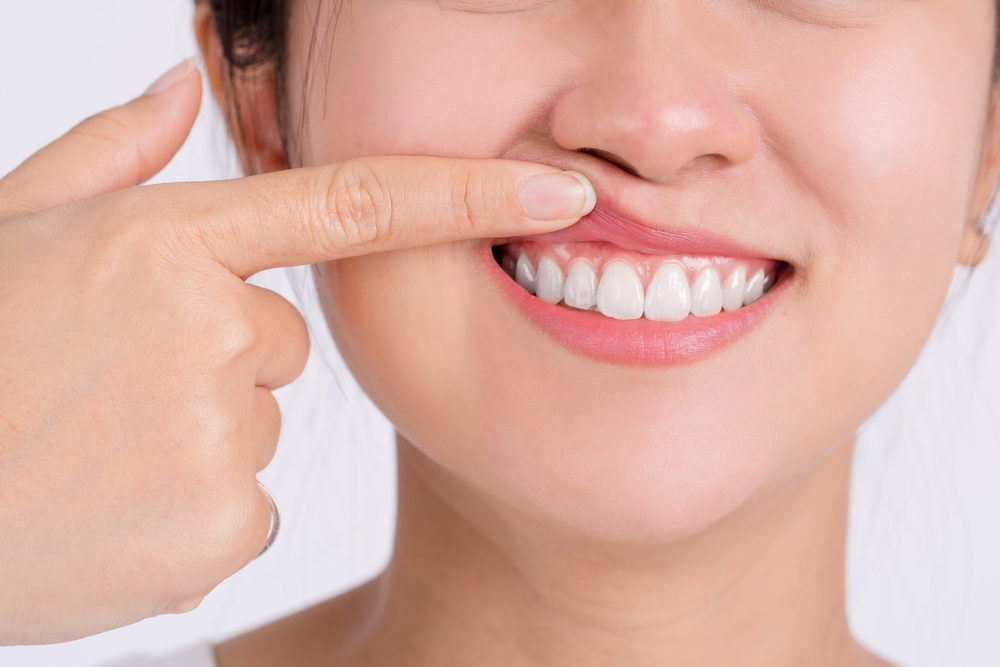
What Is Gum Disease
Gum disease is one of the most common dental problems afflicting half of all Australian adults currently. But for most people, signs of gum disease like inflamed or bleeding gums have become so commonplace that it doesn’t bother them anymore – until the disease is already there.
Gingivitis And Its Relation To Periodontal or Gum Disease?
What causes Gum Disease? Basically, the most common source of Gum Disease, otherwise known as Periodontal Disease, is the common bacteria that reside in our mouth. Not regularly brushing, flushing or flossing our teeth may lead to higher concentrations of bacteria in our mouth, particularly around our teeth and gums.

Gingivitis
When bacteria thrive around your teeth and plaque and tartar are left untreated, especially around the gum line, red swollen and bleeding gums will be the first signs of what is commonly known as Gingivitis.
At this stage of the disease, Gingivitis is usually painless and sometimes, hardly noticed by you. Once detected, Gingivitis can usually be treated immediately with normal, daily flossing and brushing of your teeth, and periodic cleaning by your dentist at Dental 266.

Periodontitis and Symptoms
Periodontitis is the advanced stage of Gingivitis. It is usually characterised by an advanced state of gum recession wherein gaps or “gum pockets”, as they are commonly called, appear in between your gums and teeth roots. These pockets can be plugged with bacteria and plaque, causing them to be infected.
Without immediate treatment, the surrounding gums, as well as your teeth’s bones will further deteriorate, leading to loosening and serious infection of the teeth.
Aside from swollen, red, and receding gums, other symptoms of the onset of periodontitis are:
Teeth sensitive to extreme and sudden change of temperatures
Bad breath
Difficulty in chewing
Bleeding gums, particularly when brushing your teeth
Loose teeth or teeth which are prone to loosen up
An Effective & Professional Gum Disease Treatment
At Dental 266, we offer the best solution to manage gum disease by detecting any infection as early as possible and preventing it from developing into periodontitis.
Under a local anaesthetic, we do “deep cleaning” of the affected area which includes removing tartar, plaque or bacteria on top of the teeth, along with the gum line and inside the pockets. You may be requested to come back for a few more sessions with your dentist to lessen and manage the bacteria in your mouth to acceptable levels.
Once the affected tooth area has been taken care of and extensive maintenance work has been executed, our experienced dentist will draft a maintenance program for our patient to follow. The maintenance program involves regular daily brushing, the consumption of the right kind of foods (sour fruits and lots of calcium-based foods like fish and milk) and most importantly, a positive attitude.
Schedule a visit to Dental 266 so we can enlighten you on healthy teeth maintenance or a full check-up and assessment of your teeth and gums.
Risk Factors Linked to Periodontitis Or Gum Disease
The severe stage of Periodontitis is when your teeth loosen and fall out because of the loosening of your gums accompanied by bone loss of your teeth. But there are also other conditions that can worsen or put you at risk of Gum Disease. Click on the box to view these risk factors.
How to Check for Gum Disease?
To be sure if you really have serious gum diseases, our experienced Burwood dentists at Dental 266 will usually look or ask you the following, Click on the below box to view
